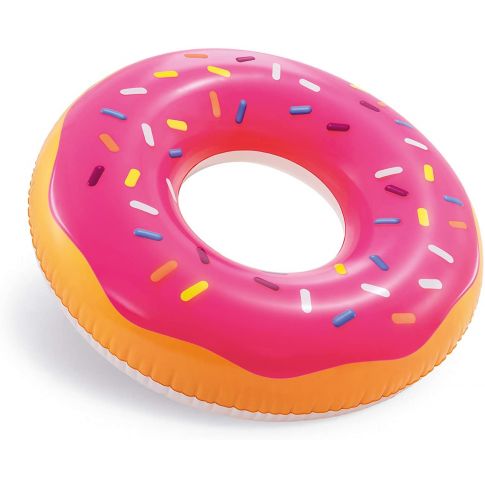I took my first underwater breath in 1968. I took a course in Florida but it was just to be able to buy air from local shops. In 1972, we moved from the coast of Florida to Southern Germany. Because of my previous underwater experience, I was able to sign on with a Search and Rescue Team, although we never rescued anybody... just body recovery. In 1974, we moved back to Florida and I discovered that my certifications were no good anymore so I had to take a real Scuba diving course! I signed up for a NAUI course put on by a local dive club. (Hurlburt Dive Club)
Up until that point in my underwater adventures, I had never seen or even heard of a Buoyancy Control Vest. Buoyancy control for me and everybody else that I dove with, consisted of a bag of lead weights attached to the anchor line. You guessed what you needed, jumped in, went to the weight bag on the anchor line and took or left lead as needed. That was our buoyancy adjustment!
However, at the dive course, one of the instructors had a vest that he could inflate or release air as needed to adjust his buoyancy on the swim! He'd stolen it from the Air Force and modified it. I wanted one! Then I started seeing them in dive shops so I bought one. It was wonderful! It was the greatest thing since canned air! I forget the brand but it was a Horse Collar type with a purge valve down low and an oral inflator on the chest. It also had a CO2 inflator which I thought was neat. I used that thing all over the Gulf Coast of Florida and most of the assorted springs and caves inland.
Then life happened and I stopped diving for a while. When I came back to it, I discovered that the Horse Collar BC was no more. They call them "Snorkel Vests" now and they're really nothing but toys. I took a refresher course to get myself back in diving shape. I used their gear and had to wear a jacket type BCD with the tank attached to the back. It had a neat button to automatically inflate the vest or deflate it.
That was the only thing about it that was any good in my honest opinion! The rest of it sucked!!!!! It had a lot of drag! I felt like I was pulling a sail behind me! I started trying to learn how to make it work for me and got good enough to satisfy the instructor but....it sucked! I hated it! Besides the underwater drag, it kept trying to drown me! It kept pushing my face into the water, even with minimal air inside. Back in about 1975, my girlfriend and I surfaced in a squall and got separated from the dive boat in the waves. We had to float for an hour or so before the boat found us. We would have drowned using a modern BCD! As it was, we just inflated our Horse Collar BC's, held hands and floated peacefully up and down the waves until we heard the boat blowing the horn looking for us.
In present day, I managed to locate a Seaquest Horse collar type BC that was in perfect shape and upgraded it with a new corrugated hose/inflator button. My only complaint about it, is that there's not much pocket space and hardly any gear attachment points. I can live with that.
So! Why did the Horse Collar Buoyancy Compensator stop getting used? Why is the new style jacket type better? In my very un-expert opinion:
The H/C B/C allows the diver to dump their weights and tanks without loosing their flotation. It is much less drag underwater and will not drown you if you're unconscious. The H/C B/C adjusts my buoyancy underwater perfectly and I can inflate it with air from the tank or from my lungs. I have a purge on the lower end and a pull purge on the hose.
What can a new stype jacket BCD do better besides have more pockets and attachment points?




